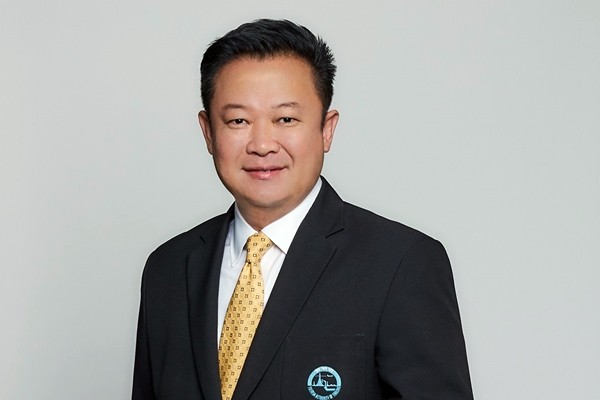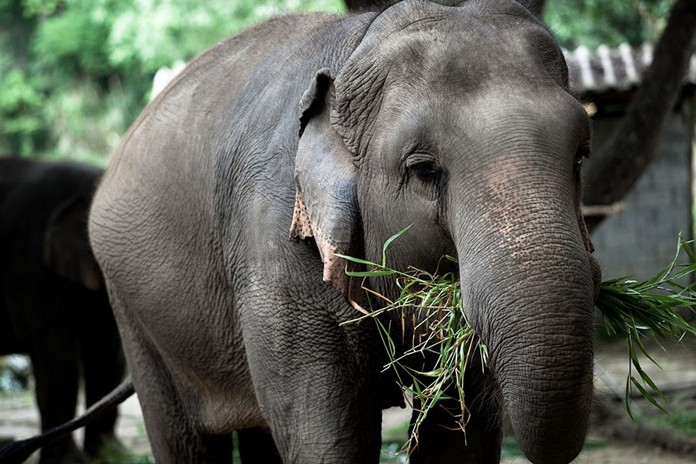
Interview with TAT Governor Yuthasak Supasorn
Tourism Authority of Thailand (TAT) Governor Mr. Yuthasak Supasorn highlights Thai society’s long-standing respect for nature and close relationship with the animal kingdom, and how TAT continues to build on its history of animal welfare and wildlife conservation, particularly in emerging and secondary destinations.
Q: What is the history of Thailand in relation to elephants?
YS: The role of the elephant in Thailand has been a long one that we’re not really sure when it actually began. In various times in history, the Thais took advantage of the elephants’ sheer size and strength to protect the Kingdom in battle and also put them to work across the country for generations in lieu of machinery. The elephant is also the national symbol and has special spiritual significance with its deep associations with Buddhism and Hinduism. So, it must always be revered and well taken care of.
Q: What are examples of elephant conservation?
YS:There are many conservation projects and sanctuaries around Thailand in all regions. Examples include but are not limited to the Elephant Hospital in Lampang, the Elephants World in Kanchanaburi, and Phang Nga Elephant Park in Southern Thailand’s Phang Nga province to name only a very few.
Q: What about other animals?
YS:The Wildlife Fund Thailand (www.wildlifefund. or.th) conducts a Thai peacock conservation project in Lamphun province. Another is the Seub Nakhasathien Foundation (www.seub.or.th) that has a behavioural tracking project for goral in Thai forests. Also, the World Wildlife Fund for Nature (formerly World Wildlife Fund) (www.wwf.or.th) has operated in Thailand since 1995, ensuring that there is strong participation and support to conserve the country’s biological diversity.
Q: How is TAT currently promoting emerging secondary destinations to showcase how humans and animals live in harmony?
YS:TAT’s research has identified the need to position 55 secondary provinces within the “big picture” of Thailand’s tourism development. The plan is to create conceptual models that are specific to each secondary province, especially rural areas where agriculture remains the primary source of livelihood for the locals. Even with the evolution of modern farm machinery, the bond between the Thai people and animals remains the strongest in the countryside. This is part of TAT’s “Local Experience” pillar that gives visitors an in-depth experience; such as, community-based tourism, lifestyle, wisdom, local identity and distinction of each area.

Q: How is TAT promoting special interest tourism; such as, the culinary arts, spa and wellness, and soft adventure experiences?
YS:Thailand is known for its rich diversity of attractions, but the continuing development of the Kingdom’s tourism products means that there is still more awaiting discovery. TAT’s gastronomy tourism efforts put the spotlight on how regionally diverse Thai food is with each of the Kingdom’s five regions having distinct cuisine. Thailand also offers a wide range of spa and wellness options, and both Thai cuisine and wellness integrate the use of herbs and spices; some of which can be found in our forests. Soft adventure options blend with ecotourism in mountainous jungle terrain.
“What I have mentioned is only some of Thailand’s efforts to conserve our Kingdom’s nature, which will be maintained on a continual basis for future generations.”
 |
 |
 |





